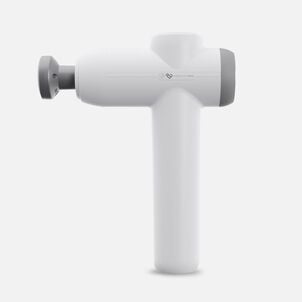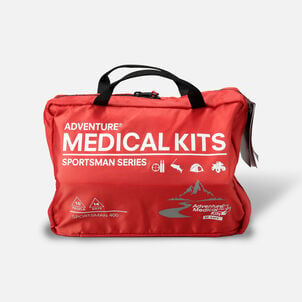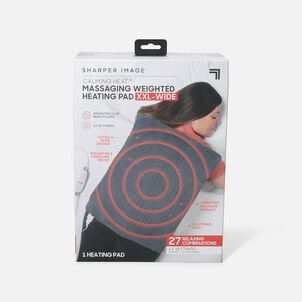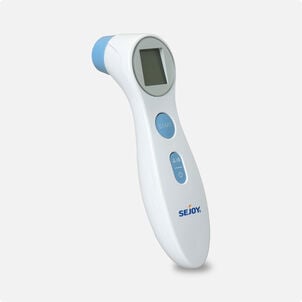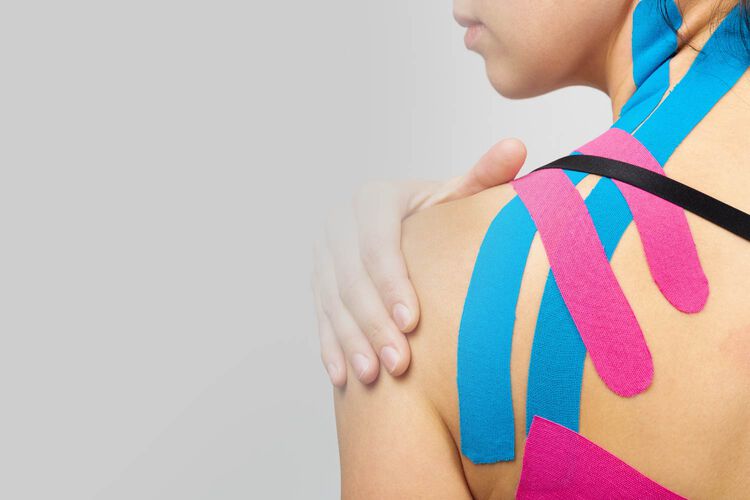Have you ever noticed runners wearing colored sleeves or leg garments, known as compression therapy? Compression garments have been embraced by professional athletes and amateur fitness enthusiasts. But what is their purpose and do they help during exercise and recovery? The answer is found in a medical treatment that has been used for more than 50 years called compression therapy.
Are compression garments for exercise FSA-eligible?
Compression garments are eligible for reimbursement with an FSA, HSA or HRA with a compression level of 30-40+ mm Hg. Compression sleeves for exercise typically do not reach this compression level and usually are not eligible. However, there is a chance they may be eligible for reimbursement with a Letter of Medical Necessity (LMN) from a physician if used to treat a medical condition.
Whether you're looking for compression hosiery, braces and elastic supports or kinesiology tape, boost your workout/recovery routine at FSAstore.com!
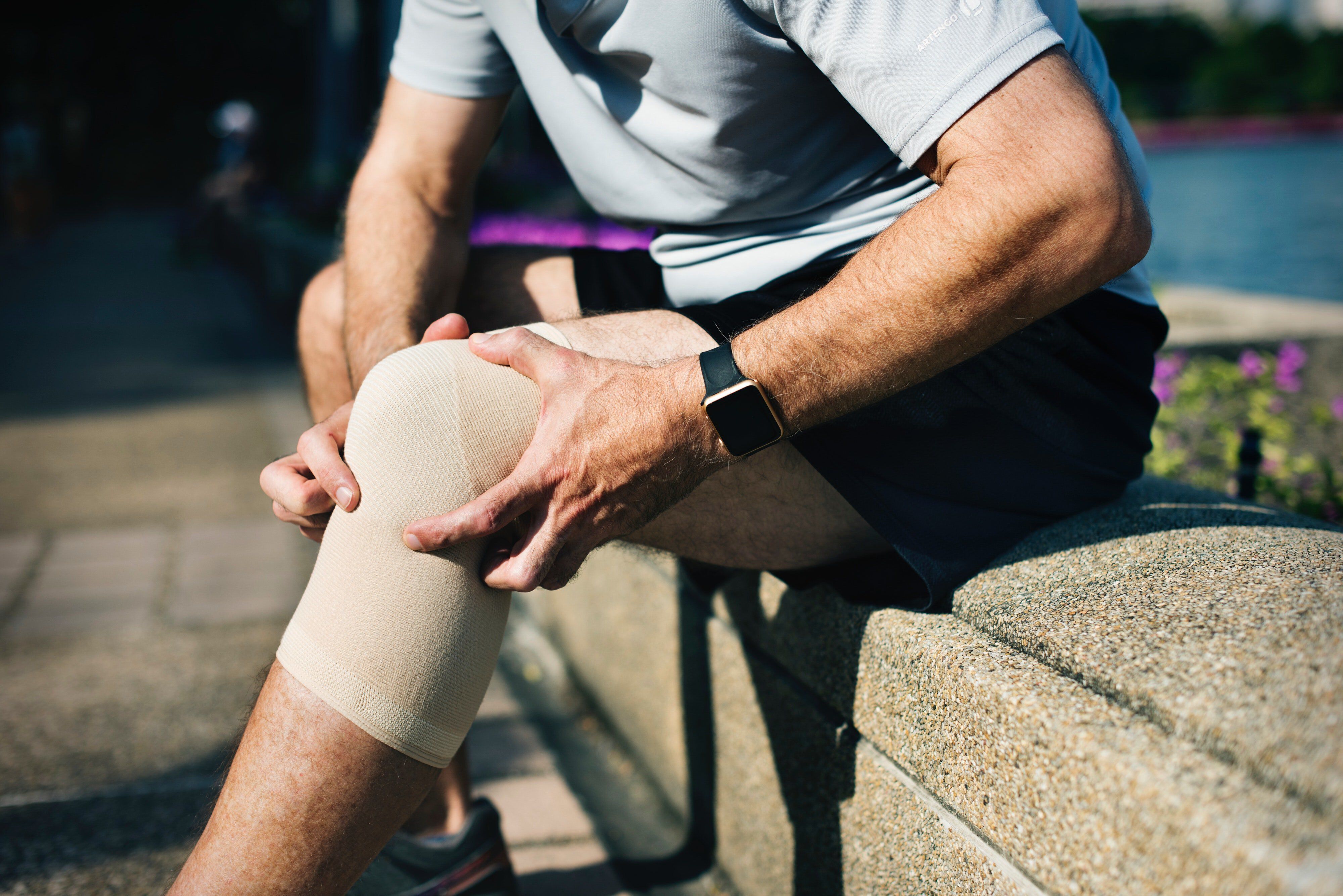
How compression therapy works
Compression therapy can be used to treat major venous disorders, including leg ulcers/skin changes, leg swelling and leg pain, varicose veins and spider veins. Some physicians may prescribe compression socks and stockings to combat these specific disorders.
Compression hosiery works for individuals who experience long periods of inactivity, and those who are constantly on their feet. Airline pilots wear compression stockings to increase blood flow, energize, and invigorate their legs.
Is compression therapy useful for fitness?
Outside direct medical use, compression sleeves and socks have become increasingly popular with active individuals. Compression stockings can limit discomfort during exercise or speed recovery times after physical activity. A number of studies have been commissioned to study the efficacy of compression garment use.
One such study was a 2010 study conducted by Indiana University called "Lower Leg Compression Sleeves: Influence on Running Mechanics in Highly Trained Distance Runners." In the study, the researchers found no tangible impact on a runner's efficiency or mechanics. Runners reported mixed results ranging from shorter recovery times from heavy exercise, to increased support to decreased muscle movement.


